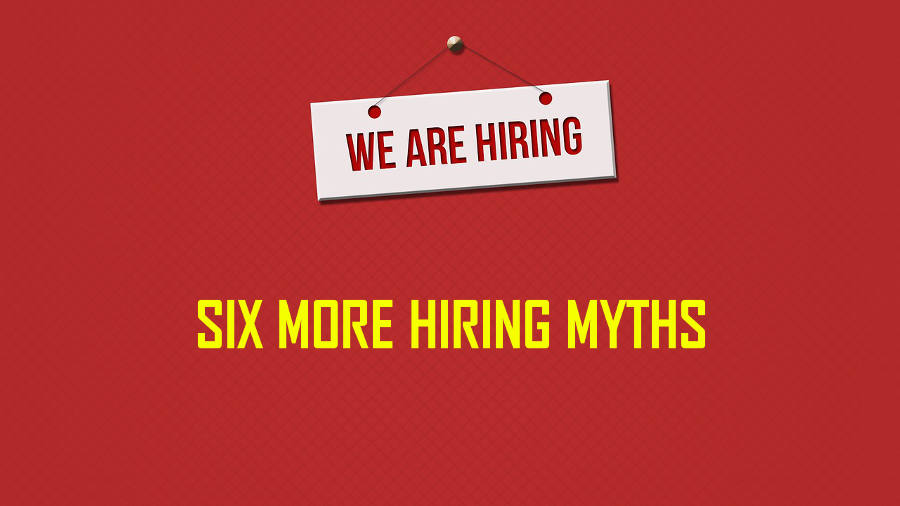
Hiring Fact or Fiction – I can only afford to hire people who have experience.
The fact is that is most organizations find themselves hiring for experience and then firing for fit.
Associates are more often than not brought into an organization because they have the right blend of education, credentials, and work experience on paper.
They may even be a qualified Optician or and Optometric Assistant or have experience as a frame stylist in a practice or optical.
Many of these hires ultimately move on because they don’t jive with their coworkers, your clients or the practice owners and they just don’t fit the practice culture that you have been working hard to create.
FACT: Save time, effort, and resources. Decrease staff churn. Hire for fit.
It is far better to find people who fit. People who can work productively with your people and can learn what they need to know quickly.
Most often the reason for short circuiting what might seem like the obvious is the practice does not have a training plan and process in place or doesn’t have the time (or the skills) to train the person for a particular job.
Particularly in this swirly job market, hire for fit, then teach them what they need to learn. Only hiring for experience can lead to an endless churn of staff, which in the long-run, costs you more and can be disruptive to the practice and to the great employees you already have.
The most valuable competitive advantage for any business is to staff with star employees who perform better and stay longer. An eye care practice is not an exception.
I can only afford to hire people who have experience: FICTION.
This post is sponsored by EyePloyment.com and Fit First Technologies

TIM BRENNAN
is Chief Visionary Officer with Fit First Technologies Inc, the creators of Eyeployment, TalentSorter and Jobtimize.











